Ozone Layer is the lifeline of our Earth ecosystem
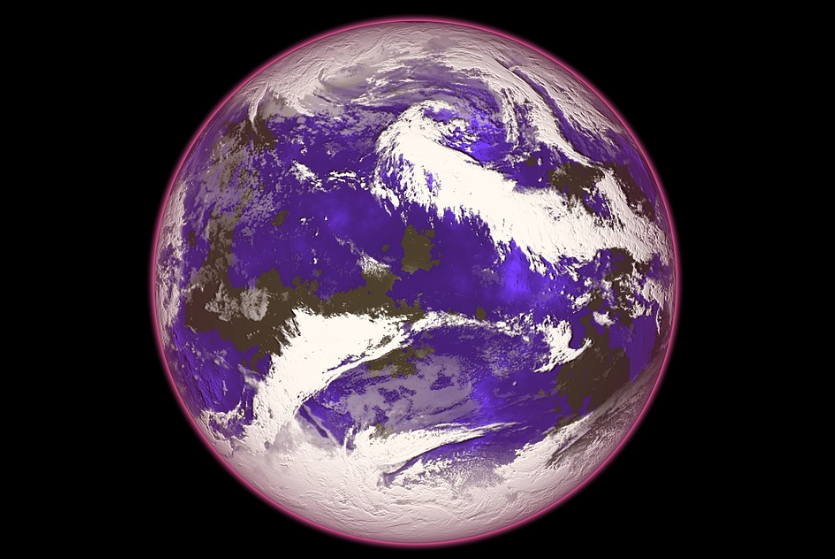
Ozone Layer
The “Ozone layer” is a critical part of Earth’s atmosphere that surrounds the planet, located 15 to 35 kilometers above Earth’s surface. It is found within the 2nd layer of Earth’s atmosphere, called the stratosphere.
key characteristics and functions of the ozone layer:
The ozone layer is made up of a highly reactive molecule called ozone, which contains three oxygen atoms. Although it’s a trace gas, with only about three ozone molecules for every 10 million molecules of air, it performs a very important job.
Purpose
It acts as a barrier between Earth and ultraviolet radiation from the Sun. Essentially, it serves as Earth’s sunscreen, absorbing about 98% of damaging ultraviolet or UV light.
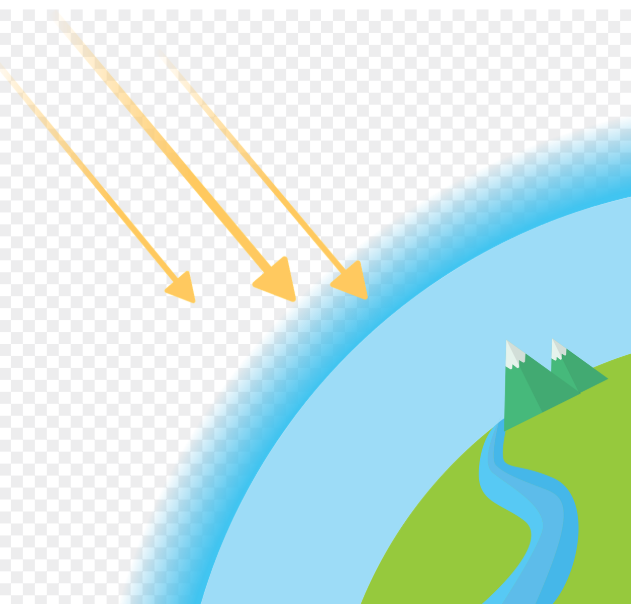
Threats
The ozone layer has been thinning due to pollution. The primary culprits are chemicals called chlorofluorocarbons or CFCs. CFCs are molecules that contain the elements carbon, chlorine, and fluorine, and are mostly found in refrigerants, aerosols, and plastic products. When CFCs are exposed to ultraviolet rays in the atmosphere, they break down into substances that include chlorine, which then reacts with oxygen atoms in ozone, ripping apart the ozone molecule.
Ozone Holes
Areas of damage in the ozone layer are often referred to as “ozone holes,” but this name is misleading. Instead, the damage is more like a thin patch, with the thinnest areas located near the poles. The ozone layer above the Antarctic, in particular, has been impacted by pollution since the mid-1980s, where low temperatures speed up the conversion of CFCs to ozone-damaging chlorine.
Recovery Efforts of Ozone layer
About 90% of CFCs currently in the atmosphere were emitted by industrialized countries in the northern hemisphere. In response to this issue, the “Montreal Protocol banned the production of ozone-depleting substances in 1989”. Since then, the amount of chlorine and other ozone-depleting elements in the atmosphere has been falling. Scientists estimate that “chlorine levels will return to their natural state in about 50 years”, and by then, the Antarctic ozone hole is projected to shrink to smaller than eight million square miles.
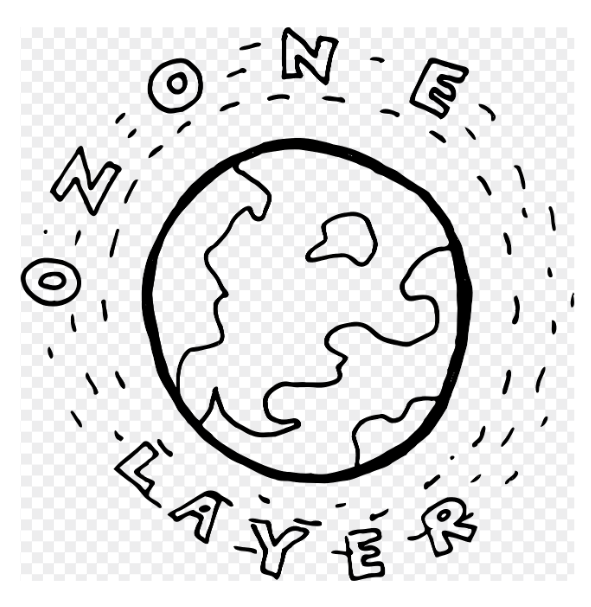
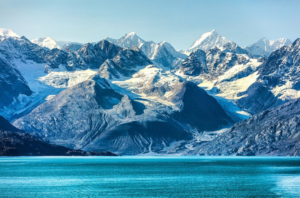
Alaska
Blog General Knowledge Monuments Geography History Home About us Hamburger Toggle Menu Alaska is the largest state in the U.S by land area Alaska is the largest state in the United States by land area at 665,384 square miles (1,723,337 square kilometers). Alaska, often called “The Last Frontier,” is the largest and lowest populated state
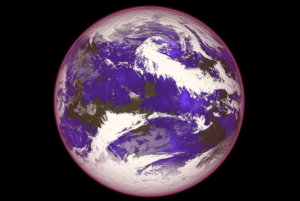
Ozone layer around Earth planet
Blog General Knowledge Monuments Geography History Home About us Hamburger Toggle Menu Ozone Layer is the lifeline of our Earth ecosystem Ozone Layer The “Ozone layer” is a critical part of Earth’s atmosphere that surrounds the planet, located 15 to 35 kilometers above Earth’s surface. It is found within the 2nd layer of Earth’s atmosphere,
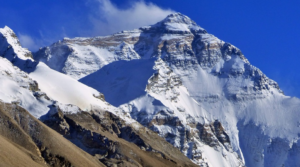
Mount Everest is the highest peak on the Earth planet. #
Blog General Knowledge Monuments Geography History Home About us Hamburger Toggle Menu Mount Everest is the highest peak on Earth planet Introduction: Mount Everest, known locally as “Sagarmatha” in Nepal and “Qomolangma” in Tibet. “Sagarmatha means goddess of the sky” and “Qomolangma means holy mother”. Mount Everest as the highest mountain peak on Earth, stands
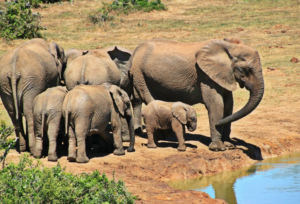
Some interesting general knowledge facts#
Blog General Knowledge Monuments Geography History Home About us Hamburger Toggle Menu Some interesting general knowledge facts# * Elephant is the World largest land animal. * Brazil is the largest country in South America continent. * USA full form is United states of America. * American national bird is Bald Eagle. * US Dollar $
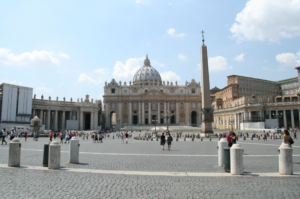
Vatican City
Blog General Knowledge Monuments Geography History Home About us Hamburger Toggle Menu Vatican City is the smallest country in the world * Vatican City is the only country in the world where the whole country has been declared a world heritage site by UNESCO. * St. Peter’s Basilica is the largest church in the world.

Sahara Desert is the largest & hottest desert in the world.
Blog General Knowledge Monuments Geography History Home About us Hamburger Toggle Menu Sahara desert is the largest & hottest desert in the world. Introduction The word “Sahara” comes from the Arabic language, which means “desert”. The plural form of the word, Sahara,(deserts). The